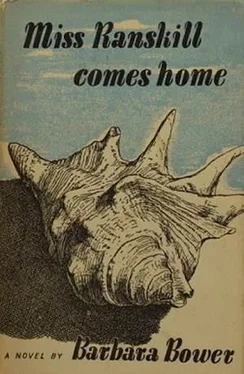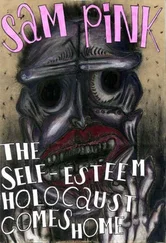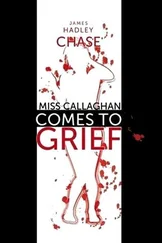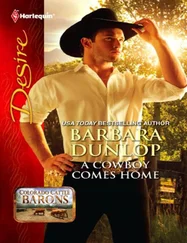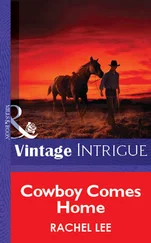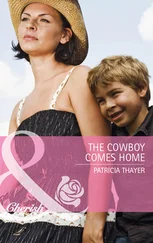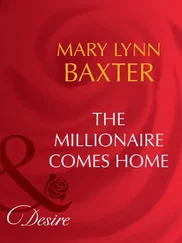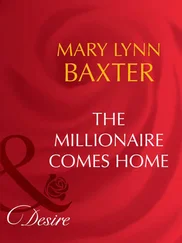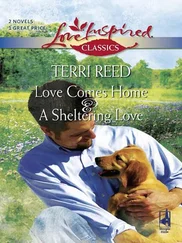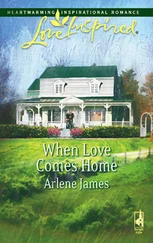It is tempting to identify the Barbara Euphan Todd of the years before her somewhat late marriage with the middle-aged heroine of her first story published in Cornhill . Miss Blessop has unexpectedly inherited a large fortune, and sets out to relive her childhood as it might have been, had it not been blighted by the severe, unloving aunt, who had brought her up. Despite an empathy with childish desires, the narrator tells us, Miss Blessop ‘was not a sentimentalist’:
She had no desire for little fingers to clutch at her heart-strings, for the sound of little feet to patter up and down her new corridors in Kensington. Never once since the days of her anæmic girlhood had she sighed for a family fireside and the love of a good man – the former would worry, and the latter embarrass her.
But at the age of 42 Barbara Euphan Todd did find a man to marry, who was unlikely to have embarrassed her. John Graham Bower was a family friend, formerly married, with two young children, a retired naval commander awarded the DSO in the First World War, who listed his recreations in Who’s Who as ‘shooting, hunting, and boxing’. A devout Christian all her life, it might have seemed uncharacteristic that Barbara should marry a divorcé, but throughout her writing there is an unconventional streak, and a dislike of authoritarianism in any form. This attitude is made clear in ‘Sign-posts’, the poem signed B E T, which is the foreword to The Very Good Walkers (1925), her first published novel for children, written in collaboration with Marjory Royce. The sign-posts ‘along the hot and dusty roads where grown-up people go’ are ‘policemen tall and straight’, declaring: ‘„There really isn’t time to play.“’ But children and other free spirits, the poem continues, should follow the swallows who ‘flash and flicker past’:
They point the way to Over There
To Far Away and Anywhere,
‘Beyond’, they say, ‘the hills are blue,
Beyond, Beyond, the roads are few,
We are the finger-posts for you!’
John Bower, the younger son of a baronet, had himself published adventure and travel books for adults, using the pseudonym, ‘Klaxon’. His novel Heather Mixture (1922) seems to have autobiographical elements, his hero being a much-decorated Lieutenant-Commander, ‘Dicky to intimates, Fawcett to others, and Lofty to the Lower Deck’, who finds in 1918, in common with many of his fellow-officers, that the welcome home offered by the Admiralty amounts to relegation to six months’ unemployed pay. Bower nevertheless stayed in the Royal Navy until the year before his marriage to Barbara. The couple pooled their interests, and collaborated, as ‘Euphan’ and ‘Klaxon’, on several educational but entertaining children’s books. They lived in Blewbury, a picturesque village in Oxfordshire, inhabited by a number of writers and artists, with whom they became friends, including the painter William Nicholson and the novelist Marguerite Steen to whom Barbara later dedicated Miss Ranskill Comes Home .
John Bower died in 1940, so their marriage was to last only eight years, but it seems to have been very happy. The Bowers are remembered in the village even today for the big summer parties they used to give for the local children, whose mothers, however, were always apprehensive of the Commander’s method of signalling the end of the party; he would fire one or both of two enormous guns usually hanging in their entrance hall. It became a village legend that he had been a big-game hunter, although there appears to have been no truth in this.
In 1936, Barbara’s Worzel Gummidge stories finally found a publisher. Such was the success of the first book (it was chosen by Penguin to be the first of their children’s series, Puffin Story Books, when the series was launched in 1941, and has been reprinted many times since) that it was followed by nine other Gummidge tales. The stories became still better known after the war when Barbara’s friends, radio scriptwriters Mabel and Denis Constanduros, persuaded her to adapt them for the then enormously popular ‘Children’s Hour’ programme with Uncle Mac. At the time of her death, negotiations for the television rights were underway, but no agreement had been reached. It is sad that she was never to see her favourite character immortalised by Jon Pertwee. She also wrote at least eighteen other children’s books, but rarely returned to the same characters as she did with the Scatterbrook farm series.
Contributing a profile of the author to Twentieth Century Children’s Literature , Norman Culpan maintains that:
The fame of Barbara Euphan Todd will rest on the stories that feature Worzel Gummidge and his fellow-scarecrows. Typically, in Worzel Gummidge, or the Scarecrow of Scatterbrook , John and Susan, aged 10 and 12, spend holidays at Scatterbrook Farm, where they have hilarious and singularly credible adventures, protecting the nature and escapades of these walking, talking scarecrows from discovery by adults.
He praises ‘the strongly individualised’ characterisations of the scarecrows: ‘Chief among these is Worzel Gummidge himself… full of professional pride, unpredictable, and almost always irritatingly right.’
Gummidge’s principal enemy is the officious Mrs Bloomsbury-Barton (a forerunner of Ambridge’s Lynda Snell – no village event is safe from her interference), but he usually manages to get the better of her, putting her down notably on one occasion when she has mistaken him for a tramp, and addressed him as ‘My good man’. Gummidge snaps back:
‘That’s where you’re wrong… that shows that you don’t understanding nothing about anything. I am not yours, I am my own. I am not good, I am just fair to middling, and I’m not a man – I’m a scarecrow.’
Elements of Mrs Bloomsbury-Barton (described by Barbara Euphan Todd in the introduction to a later Gummidge story as being ‘very good and proper, but very, very tiresome’) are apparent in various female characters in Miss Ranskill Comes Home .
After Barbara Bower’s death, her step-daughter, Ursula Betts, wrote very fondly about her; Barbara had been, she said, ‘deeply and strongly emotional, although this was strictly controlled. She was warm and kind, and I personally owe her much. I think, however, I chiefly remember her for her dry – and sometimes wry – sense of humour.’ These qualities permeate Miss Ranskill Comes Home .
When the novel opens we meet the heroine digging the grave of the man who has been her sole companion on a desert island for four years and two themes are immediately established. Firstly, the capitalisation of ‘Carpenter’ suggests a religious dimension, which perhaps unsurprisingly is most in evidence as Miss Ranskill is striving to call to mind the liturgy of the Burial Service in order to give her former companion a Christian, however unorthodox, interment. The second theme, contemporary class consciousness, is more widely explored. Miss Ranskill is wryly aware that her own sense of propriety had verged on the absurd. She reflects on the Carpenter’s invariable form of address to her:
‘Miss Ranskill’, yes, she had always been Miss Ranskill to him since the time he had dragged her chilled water-heavy body out of the sea. The ‘Miss’ and her surname had made her armour against an assault that had never been hinted at. She had called the Carpenter, Reid. His surname seemed to set the right distance between them.
In C S Forester’s The African Queen (1935), a similarly disparate pair are thrown together in survival conditions, but Miss Sayer, the prim missionary’s sister, so memorably portrayed by Katherine Hepburn in John Huston’s 1951 film version, rapidly becomes Rose, Rosie, old girl, sweet’eart, to the Cockney engineer, Allnutt, who in turn becomes Charlie, dear, (and, following the consummation of their love, ‘husband’ in her thoughts) to Rose. But Miss Ranskill ‘had cherished the flower of her virginity’, which
Читать дальше
